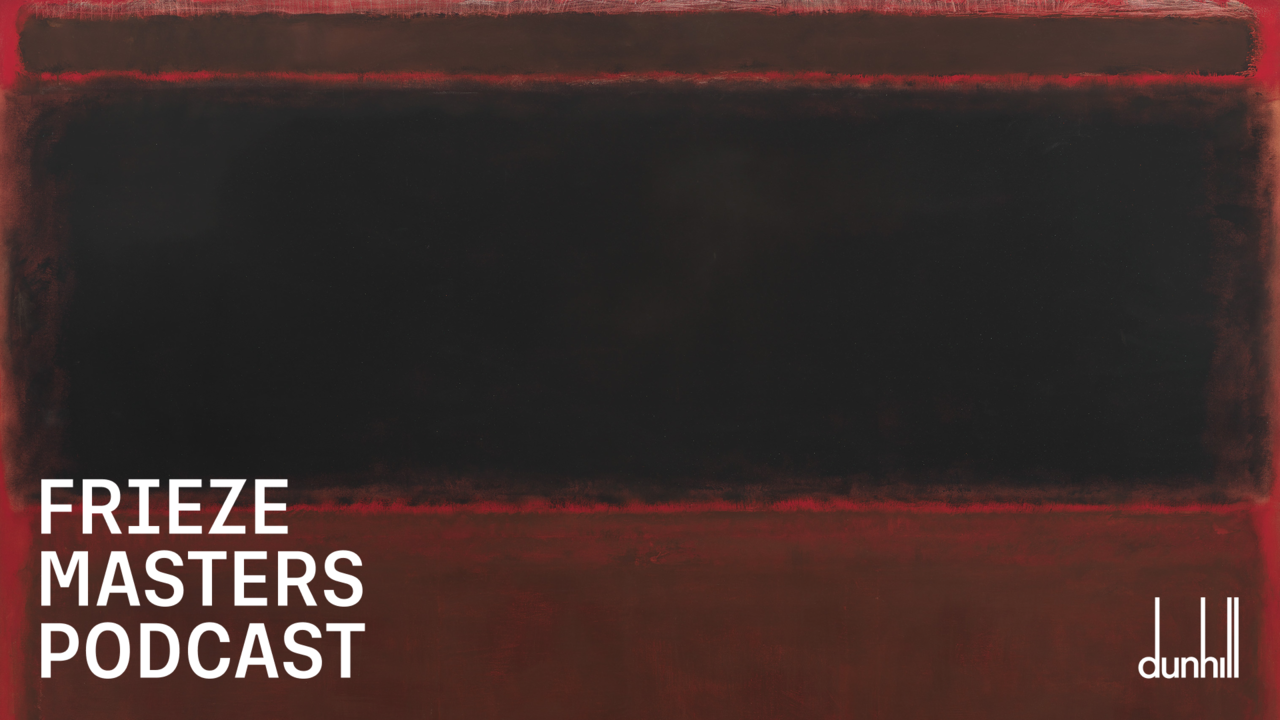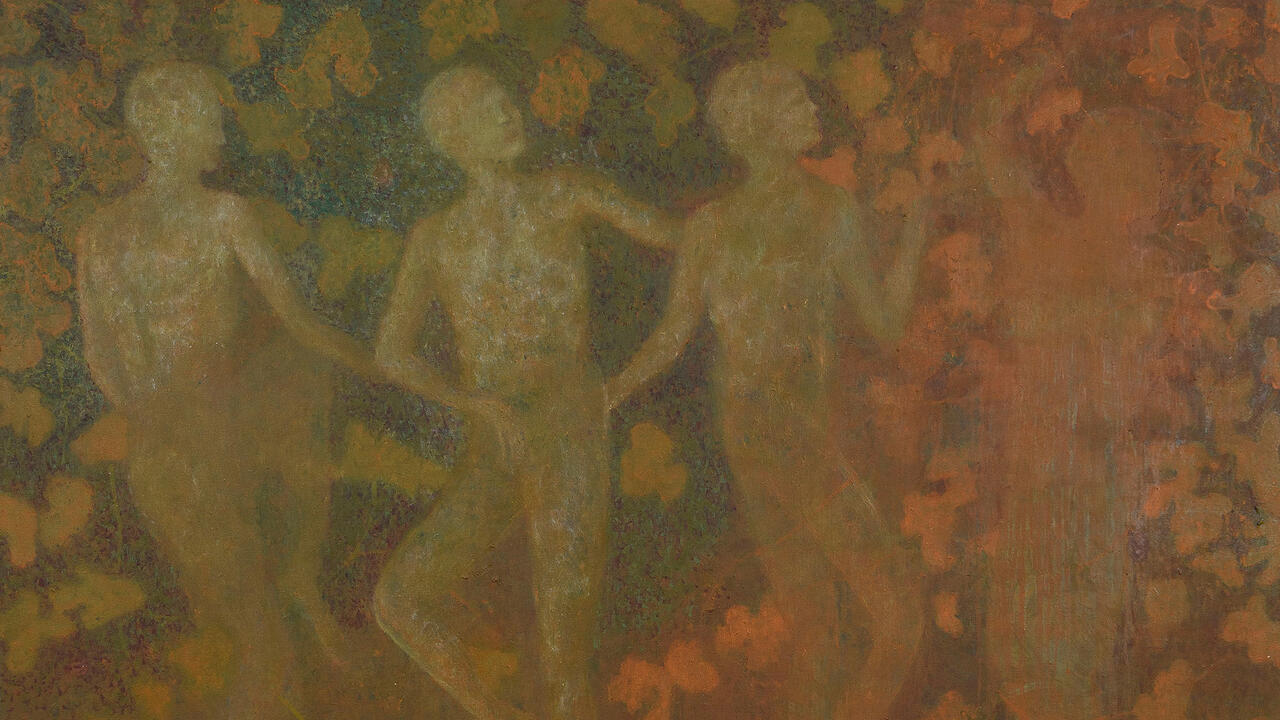Play/Record
'Sometimes my trainer opens up my shorts and pours cold water on me - then I wake up a little and he can give me some advice...' The young man does a little shimmy, an act of snapping out of it, in his corner of the ring, coming out of his total concentration, his ability to ignore the pain. In the context of what he has been saying, it's an interesting moment: this is his own idea of how a scene from one of his boxing matches must appear. It's a memory, and an idea of how others must see him - a critical role, for the spectators identify with his triumph or tragic failure. He's one of four Finnish professional boxers interviewed on 15-minute videos by Fanni Niemi-Junkola. Their characters, faces, postures, are like something out of Jean Genet - isolated beings in the ring, self-possessed, maintaining and examining themselves - you can imagine the field-day of language he would have had with their hair, their damageable mouths, their stripey tops.
The interview posed probing questions, entering the boxers' spaces, bringing them out of themselves, eliciting reactions. The scripted questions varied slightly from boxer to boxer, but were intended to reveal the thoughts that are not normally extracted in the public exposure of these figures. Each is a choreographed preparation, the pro is mute, his fists and feet speak for him; he is defined by how he performs. This is a different occasion for self-display. Obviously, the questions do not surprise the boxers: their answers are contemplative and thorough, indicating that they've examined the nature of what they do. When asked about getting into the ring, the phrase 'butterflies in the stomach' came up on three out of the four occasions. They talk about their fears, the classic feints, their craftiness. Two say that they feel they box to beat themselves. One says that when he's beaten, even just on points, it's like having been beaten up, physically. Like in an alley. There is no noble loss. But he also knows why he takes the risks - 'These feelings are so intense I wouldn't change them for anything'. Strangely, the notion that they are specific individuals, trying to tackle the different states of their identity, (as they go through an activity that, in its polar states of winner/loser, constantly challenges the personal and social cohesion of that identity) is emphasised rather than undermined by the similarity of their answers.
The spectator begins to favour one particular boxer over another, what he has to say, how he looks, how much he deserves to be successful, how smart he seems, how nice. This unconscious reasoning of judgement and preference is especially relevant to a situation, like a match or bout, where the watcher is essentially neutral. One's identification or alignment with sports teams, and how the video positions the watcher, is also examined by the other video work in this show.
Roddy Buchanan's projection, shot at an ice rink in Finland, was positioned so that the central projectors threw images of ice-hockey goals to screens at either end of the space. The maintenance of the game depends on players being able to circle behind the goals, speed and flow tempered by check and turn. The video showed a constant encircling of a group of players from two teams, in a warm-up to a competitive game - appearing only on the screens, as if behind the goal, then disappearing off while the sound of their skates continued, joining their quick reappearance at the other end of the space, and so on. The viewer found themselves positioned in the middle of an activated, occupied space. Formally, the projections served as boundaries and informants, and their spatial polarity echoed the oppositional nature of their referents - the site of defence or attack, the site of the scoring that would mark the difference between the two sides. As the teams are present only as a projected image, the viewer's shadow blocks them. The solid viewer is the only body in the actual site of the battle - the centre of the pitch.
Previously, Buchanan has made works with fervent supporters of particular teams. This time, the identity of the teams was fluid - the warm-up unconfrontational, and the video taken from a remote source. Even if 89% of Manchester United fans may have never been to Old Trafford, it is still unlikely that many people in Belfast would be fans of either hockey team. But this was, in any case, irrelevant, because the looped recording never got around to the game. Eventually, the deciding factor - should one have been forced to decide - might have been whether to support red or blue uniforms. Being placed in a position of neutrality and viewing two unknown teams, not competing, laid bare the workings of alignment - if you have to watch it anyway, some stake in the outcome makes it more interesting. And in Belfast, the support, hatred, or neutrality involved in the viewing of different sides has, of course, a relevance.














